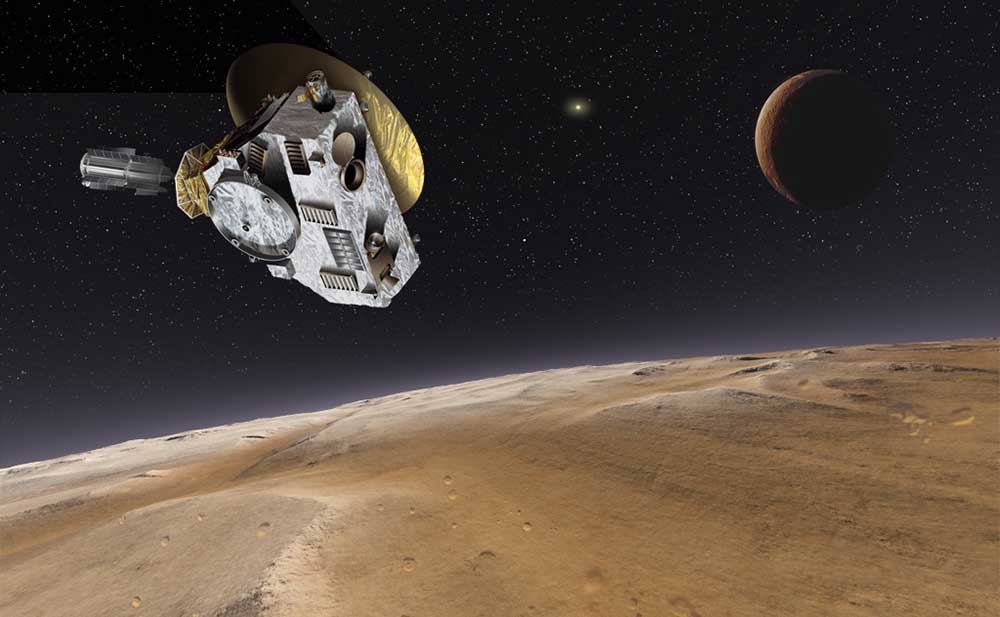NASA’s New Horizons space exploration team announced its second mission after visiting the Pluto system, aimed for Planet X exploration. They will now probe a small Kuiper Belt object (KBO), which sits 1 billion miles further than Pluto does. Its name is 2014 MU69.
In July 14, New Horizons spacecraft made a historic approach to Pluto recording 60 gigabits of data that it is beginning to send to Earth. Because Pluto is not really the last stop before interstellar space and it is actually located in the very inside of the Kuiper Belt, they have decided to go even further to make a flyby of 2014 MU69.

“2014 MU69 is a great choice because it is just the kind of ancient KBO, formed where it orbits now, that the Decadal Survey desired us to fly by,” said New Horizons Principal Investigator Alan Stern, of the Southwest Research Institute (SwRI) in Boulder, Colorado. “Moreover, this KBO costs less fuel to reach [than other candidate targets], leaving more fuel for the flyby, for ancillary science, and greater fuel reserves to protect against the unforeseen.”
This object is not only farther away from the Solar System than Pluto is, but it is also entirely different from the planet, which means that scientists will get another view of the objects found in the Kuiper Belt and eventually understand how life in the universe evolved in its early years, for the object is thought to be like the building blocks of Pluto.
The New Horizons team is still waiting for NASA’s official approval, for the agency needs to make the normal review process before. The subjects nickname is PT 1, which stands for “potential target 1”. The spacecraft that will follow the route to the mysterious object is planned to launch by November and arrive on New Year’s day in 2019.
Will they make it?
New Horizons is an interplanetary robotic spacecraft launched as a part of NASA’s New Frontiers program, a series of space exploration missions. It was originally designed to actually fly beyond the Pluto system and explore other KBO.
It is made to carry extra hydrazine fuel for a KBO flyby and to communicate far beyond Pluto. It also has a power system designed to operate for several years and its scientific instruments can operate in light levels much lower that it will experience during the flyby of 2014 MU69.
The design, built and manage of the New Horizons spacecraft is commanded by the Johns Hopkins University Applied Physics Laboratory in Laurel, Md. SwRI leads the science mission, payload operations, and encounter science planning.
Source: New Horizons
